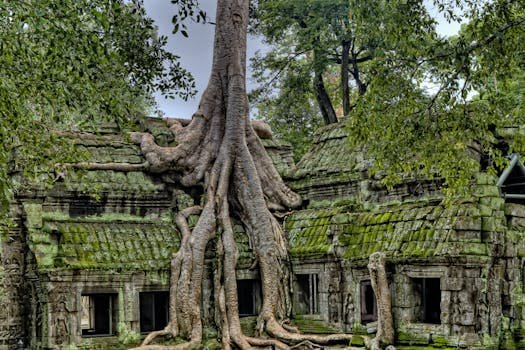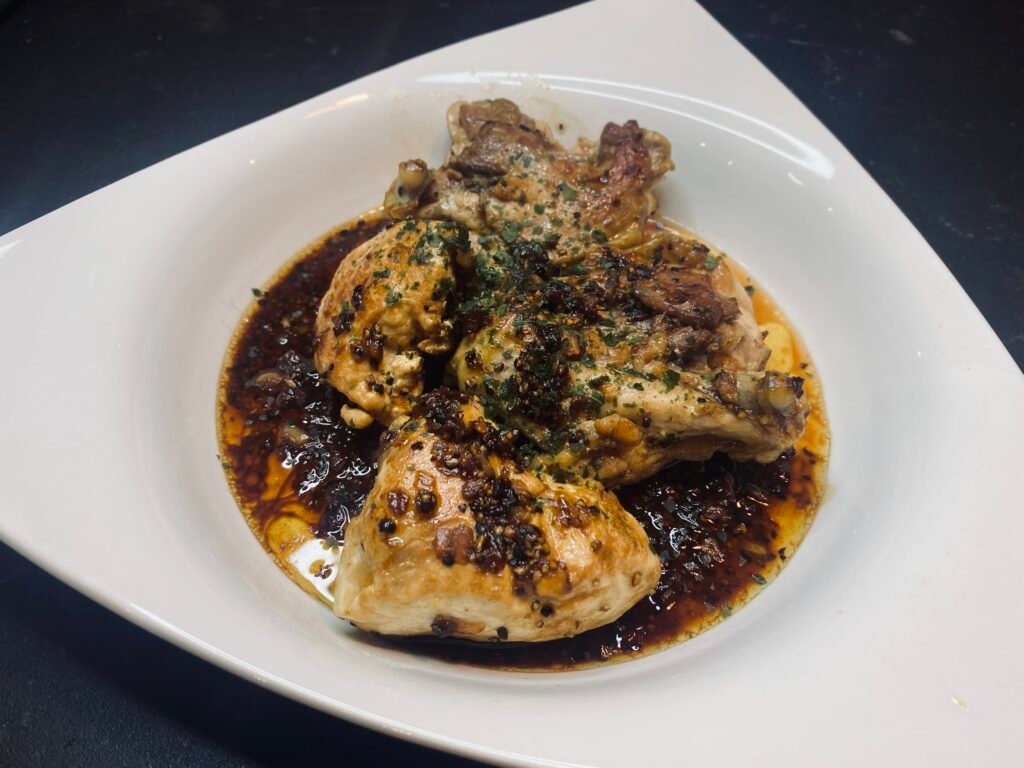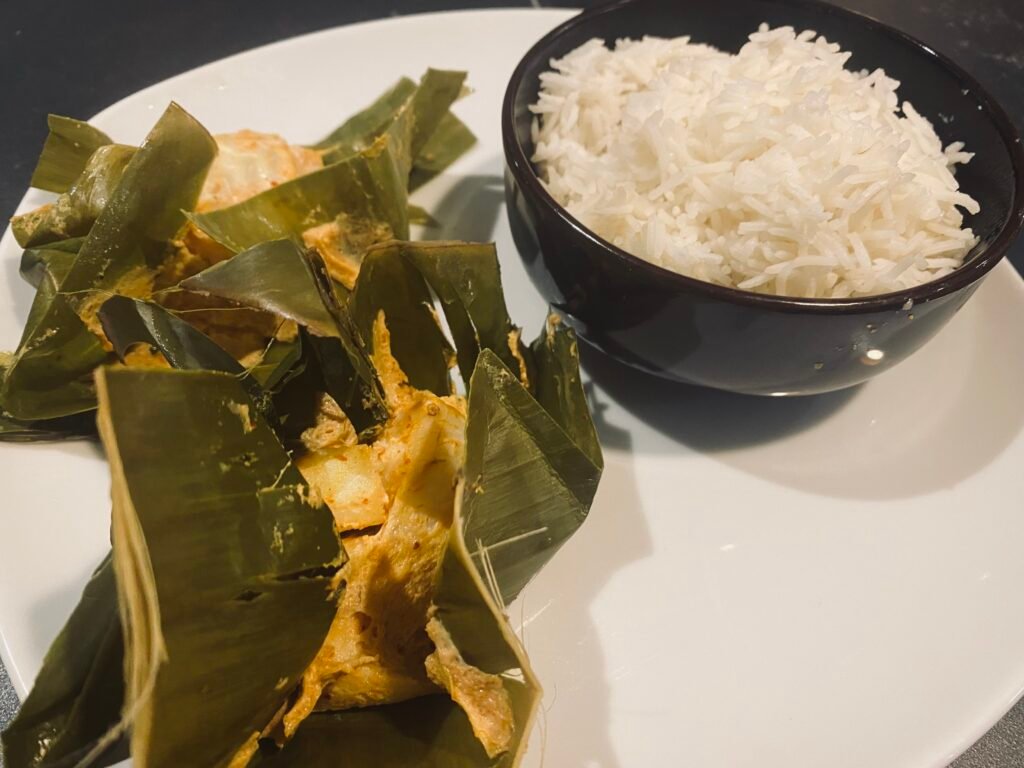History and Culture of Cambodia
Cambodia, a country located in the heart of Southeast Asia, is rich in history and culture. Known for the Khmer Empire which ruled much of the region from the 9th to 15th centuries, Cambodia is most famous for its iconic site, Angkor Wat, the largest religious monument in the world. Cambodian culture is deeply influenced by Buddhism, which permeates the daily lives of Cambodians, from their religious ceremonies to their social customs. Despite a recent past marked by the horrors of the Khmer Rouge regime, Cambodia is today a resilient and dynamic country, looking to the future while remaining attached to its traditions.
Cambodian Gastronomy and Gluten Free Options
Cambodian cuisine, often overlooked, is a harmonious blend of flavors, influenced by Thai, Vietnamese and Chinese cuisines. Among the most iconic dishes are amok , a fish curry steamed in banana leaves, and lok lak , marinated beef stir-fried. For travelers following a gluten-free diet, Cambodia offers many options. Broth-based soups like “samlor kako” and rice dishes are naturally gluten-free. Local markets are full of fresh produce like seafood, sticky rice and vegetables, ensuring a wide selection of foods that are safe to consume for those with gluten intolerance.
The essential places to visit
Cambodia offers a multitude of sites to discover. Besides the majestic Angkor complex, a UNESCO World Heritage Site, visitors should not miss Phnom Penh, the capital, where one can explore the Royal Palace and the Tuol Sleng Genocide Museum. The beaches of Sihanoukville and nearby islands, such as Koh Rong, are perfect for those seeking relaxation. Finally, Battambang and its less crowded temples offer a more authentic and intimate experience, far from the tourist crowds.



